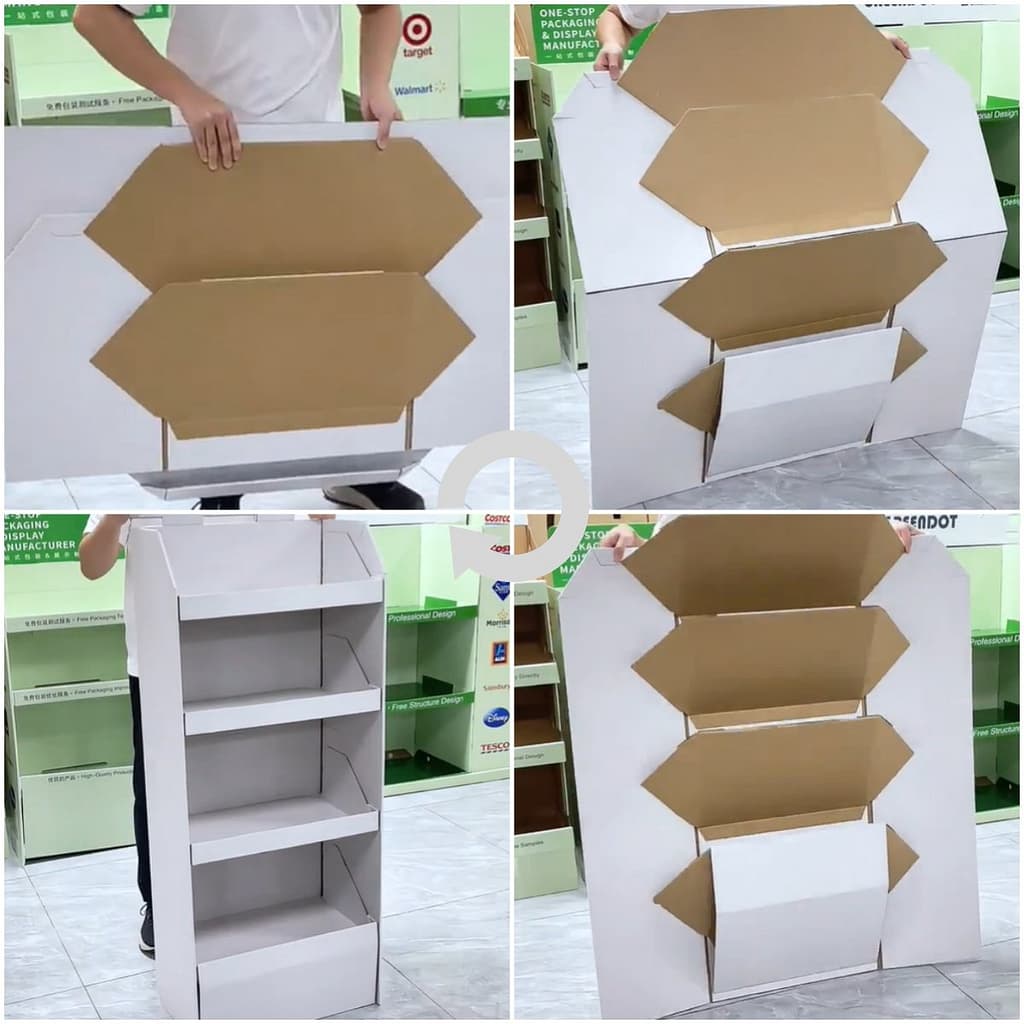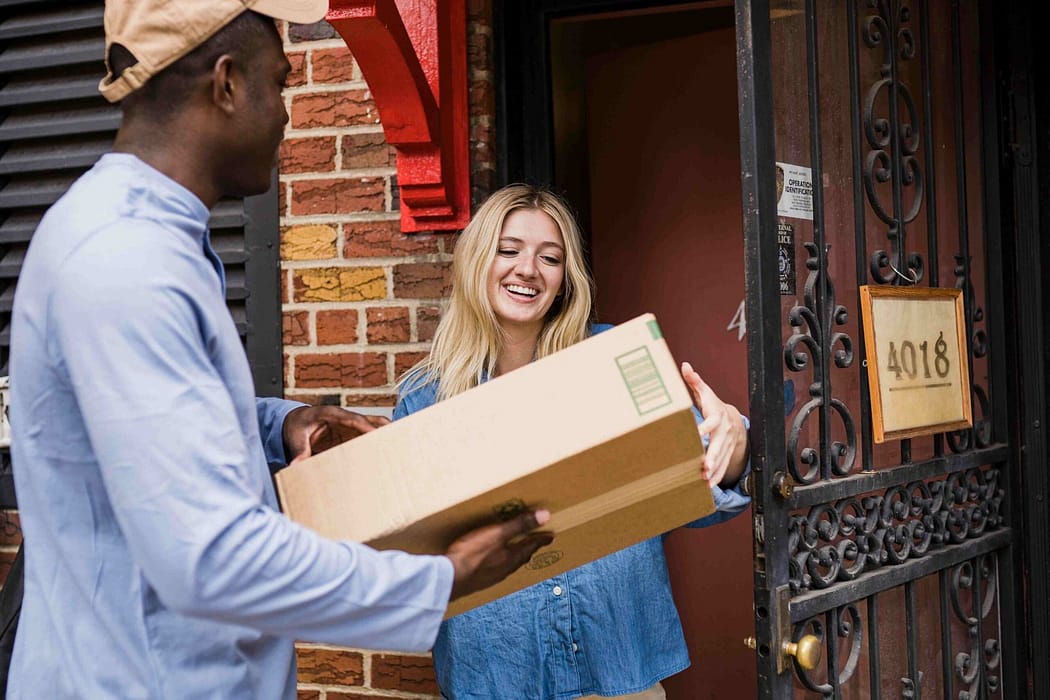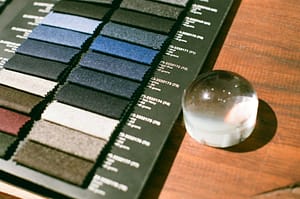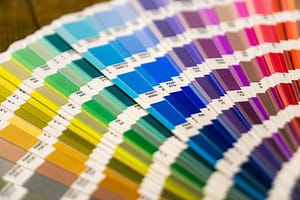Introduction
Apparel packaging generates about 106 million tonnes of plastic waste yearly—just 9% gets recycled . New rules (EU: 65% recycling by 2025; California: plastic‑packaging tax) are pushing change .
Eco‑packaging isn’t just green—it’s smart business. 73% of shoppers favor sustainable packaging, and B2B buyers seek eco‑certified suppliers . Switching to recycled, compostable, or reusable materials cuts waste, trims costs, and builds loyalty.
Why Traditional Packaging Fails
Environmental Impact
Traditional fashion packaging—often composed of single-use plastics, laminated materials, and mixed media—is inherently unsustainable. These materials are challenging to recycle and frequently end up in landfills or oceans, contributing to the global plastic pollution crisis. The fashion industry’s reliance on such packaging exacerbates environmental degradation and undermines sustainability efforts.

Regulatory and Market Pressures
Governments worldwide are implementing stringent regulations to curb packaging waste. For instance, the European Union’s Packaging and Packaging Waste Regulation mandates that all packaging be recyclable by 2030, with specific recycled content targets for various packaging types . Similarly, California has introduced a tax on single-use plastics to incentivize the adoption of recyclable and compostable alternatives .
Concurrently, consumers are increasingly favoring brands that demonstrate environmental responsibility. A significant majority express a preference for products with sustainable packaging, influencing purchasing decisions and brand loyalty.
Top Eco‑Friendly Packaging Materials
Adopting sustainable materials not only reduces environmental impact but can streamline sourcing and resonate with eco‑conscious customers. Below we explore four leading options in depth, including lifecycle benefits, supplier notes, and practical implementation advice.
| Material | Lifecycle & Environmental Benefits | Supplier & Cost Considerations | Implementation Tips | |
|---|---|---|---|---|
| Recycled Cardboard | Made from post‑consumer and post‑industrial fiber, recycled cardboard cuts energy use by up to 50% and CO₂ emissions by 30% versus virgin pulp; fully recyclable in most curbside streams . | Widely available from major packaging distributors. Price premium 5–10% over virgin board but often offset by lightweight shipping savings . | Specify minimum 80% recycled content in procurement; choose unbleached options to avoid chemical residues; work with printer to ensure inks adhere properly to recycled fibers. |  |
| Biodegradable Mailers | Typically PLA or PBAT blends that industrial compost facilities break down 80–90% within 90–180 days; avoid methane release when composted properly . | Suppliers like BASF and Biopak offer food‑grade, compostable film; costs run 15–25% above conventional polyethylene mailers . | Confirm local industrial composting availability; clearly label “compostable” with disposal instructions; test seal strength under cold/wet conditions before full rollout. |  |
| Reusable Fabric Bags | Cotton or jute totes can replace hundreds of single‑use bags; life‑cycle assessments show break‑even after ~50 uses, with carbon payback in under 6 months . | Custom‑print suppliers offer MOQ as low as 500 units. Unit cost $1.50–$3.00 depending on fabric weight and print complexity . | Incorporate in direct‑to‑consumer shipments as a “gift”; include messaging on bag interior about reusability; offer discount on next order when customers return bag for reuse. |  |
| Compostable Inks & Dyes | Soy‑ and vegetable‑based inks contain no heavy metals, break down fully in soil, and reduce VOC emissions during printing by up to 60% . | Major ink manufacturers provide ECO‑CERT or DIN CERTCO certified options. Price parity or slight premium (~5%) versus petroleum‑based inks . | Coordinate with print partner to adjust drying times; verify colorfastness on coated vs. uncoated substrates; label packaging to highlight “printed with soy‑based inks.” |
Innovative Packaging Designs
Minimalist & Multifunctional Packaging
Minimalist designs strip away excess layers and branding, reducing material use and cutting shipping weight by up to 20% . By focusing on core structural elements, these designs simplify recycling streams and lower production costs . Multifunctional packaging goes further—examples include fold‑flat cardboard sleeves that convert into hangers or garment displays, extending use life and reducing secondary packaging needs. Brands like Stateless NYC have paired minimalist aesthetics with reinforced edges so packaging can double as storage or display, reinforcing brand value long after delivery .

Smart Packaging (QR Codes & Beyond)
Embedding QR codes or NFC tags on packaging connects customers to digital content—care instructions, sustainability reports, or incentivized recycling programs. QR Lab’s solutions enable batch‑level traceability, showing exactly where and how materials were sourced, boosting transparency and consumer trust . Lush and Cocokind have used QR codes to guide users to local recycling centers and take‑back initiatives, increasing recycling rates by over 15%. Smart packaging also supports closed‑loop returns: customers scan a code to schedule pickup of reusable mailers, seamlessly reintegrating packaging into the supply chain .

Closed‑Loop & Returnable Systems
Closed‑loop systems convert single‑trip packaging into a multi‑use asset: mailers designed for 50+ return trips can reduce per‑shipment waste by 90% over one year. LimeLoop’s reusable mailer—made from upcycled billboard vinyl—supports over 200 cycles, cutting material cost per use by 80% and slashing landfill contributions. Fashion for Good’s research shows that integrating returnable packaging with logistics partners can lower overall carbon footprints by up to 25%, as fewer new materials are needed. Toad & Co’s “Reusable Shipper” option achieved a 30% reuse rate within six months by incentivizing customers with discounts on future orders .
Brand Case Studies
| Brand | Packaging Solution | Impact & Metrics | Key Takeaway |
|---|---|---|---|
| Patagonia | Recycled cardboard mailers and minimal polybags | Reduced plastic packaging by 30% in 2023; saved 500 tons of virgin plastic . | Proven ROI: material cost savings and stronger eco‑brand positioning. |
| Allbirds | Compostable shipping bags (PLA‑based) | Diverted 20 tons of plastic waste in 2024; achieved 85% customer composting rate . | High consumer engagement: clear labeling drove proper disposal. |
| PANGAIA | QR‑enabled reusable pouches | 40% pouch return rate; 25% repeat purchase lift among return users . | Tech integration boosts transparency and loyalty. |
Patagonia
Patagonia replaced virgin‑plastic polybags with recycled cardboard mailers and eliminated secondary plastic overwrap. This shift cut their plastic packaging volume by 30% in 2023 and saved roughly 500 tons of virgin plastic annually . The company reports a 12% reduction in packaging costs due to lower material and shipping weight . By communicating these changes prominently on product pages, Patagonia strengthened its eco‑brand cachet and inspired supply‑chain partners to follow suit.

Allbirds
Allbirds introduced PLA‑based compostable shipping bags across its DTC channels. In 2024, the brand diverted 20 tons of conventional plastic waste, with 85% of customers correctly composting the bags when provided clear disposal instructions . Allbirds’ packaging team credits the high composting rate to on‑package QR codes linking to local composting facilities. The initiative also contributed to a 5% uplift in repeat purchases, attributed to enhanced brand perception.
PANGAIA
PANGAIA’s reusable pouch program leverages QR codes and a closed‑loop return system. Customers scan the code to schedule a free pickup of used pouches; returned units are cleaned and redeployed up to 20 times . The program boasts a 40% return rate and a 25% lift in repeat purchases among participants . This model not only reduces packaging waste but drives customer engagement and data collection on reuse behaviors.
Conclusion
Eco‑packaging is no longer optional—new rules like the EU’s 65 percent recycled‑content requirement by 2025 and U.S. single‑use plastic taxes make it a necessity for fashion brands. With just 9 percent of apparel packaging recycled but over 60 percent of consumers willing to pay more for sustainable options, switching to recycled, compostable, or returnable materials cuts waste, trims costs by up to 15 percent, and strengthens brand loyalty.
Brands that act now will not only meet rising regulatory demands but also capture eco‑minded markets and lead the shift toward a circular fashion economy. Embracing sustainable packaging is a strategic move—one that aligns environmental responsibility with long-term business success.






